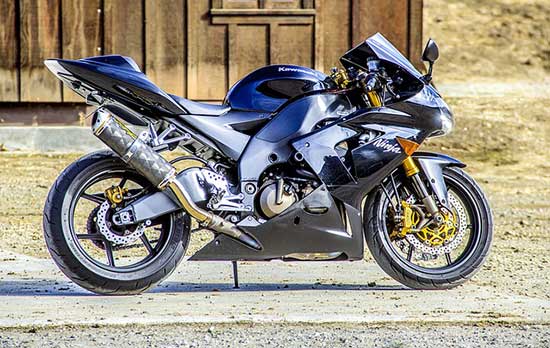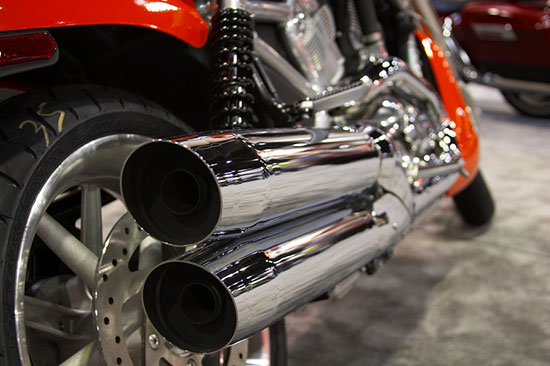Motorcycles have evolved significantly over the years, with various components contributing to their overall performance. One such critical component is the spark plug.
Contents
Motorcycle Engine Types
Motorcycles come with a variety of engine configurations, which determine the number of spark plugs they require. Here are the most common types:
Single-cylinder
As the name suggests, this engine type has only one cylinder, and typically, it requires just one spark plug. However, some high-performance single-cylinder engines may have two spark plugs to improve combustion efficiency.
Parallel-twin
This engine configuration has two cylinders placed side-by-side in parallel. Each cylinder requires one spark plug, bringing the total to two.
V-twin
In a V-twin engine, two cylinders are arranged in a V-shape. Each cylinder uses one spark plug, making the total count two for this configuration.
Triple-cylinder
Triple-cylinder engines have three cylinders arranged in an inline or V-shape configuration. Each cylinder requires one spark plug, leading to a total of three spark plugs in this setup.
Inline-four
These engines have four cylinders arranged in a straight line. Each cylinder houses one spark plug, resulting in four spark plugs in total for this configuration.
Other configurations
Motorcycles can also come in other engine configurations, such as V-four, flat-twin, or flat-four. In these cases, the number of spark plugs will be determined by the number of cylinders in the engine.
Determining the Number of Spark Plugs in a Motorcycle
Spark Plugs per Cylinder
The most straightforward way to determine the number of spark plugs in a motorcycle is to identify the engine configuration and count the number of cylinders.
Typically, each cylinder has one spark plug. However, in some cases, high-performance engines may have two spark plugs per cylinder for improved combustion efficiency.
Manufacturer Specifications
Another method to determine the number of spark plugs is to consult the motorcycle’s owner manual or check the manufacturer’s website for specifications.
They will often provide detailed information about the engine, including the number of spark plugs required for optimal performance.
Importance of Spark Plugs in a Motorcycle
Spark plugs are crucial for a motorcycle’s performance, fuel efficiency, and emissions. They help ensure that the combustion process is efficient, resulting in maximum power output and reduced emissions.
When spark plugs wear out or become fouled, they can negatively impact engine performance, making it crucial to maintain and replace them as needed.
Signs of Worn-Out Spark Plugs
Here are some common symptoms of worn or faulty spark plugs:
- Difficulty starting the engine
- Poor acceleration
- Decreased fuel efficiency
- Rough idling
- Engine misfires
- Increased emissions
If you notice any of these symptoms, it might be time to inspect and potentially replace your motorcycle’s spark plugs.
Replacing Motorcycle Spark Plugs
Replacing spark plugs is an essential part of motorcycle maintenance. It’s generally recommended to replace them every 10,000 to 20,000 miles, depending on the type of spark plug and the specific requirements of your motorcycle.
Consult your owner’s manual or a qualified mechanic for guidance on when and how to replace the spark plugs for your particular bike.
Conclusion
The number of spark plugs in a motorcycle depends on the engine configuration and the number of cylinders.
Most motorcycles have one spark plug per cylinder, but some high-performance engines may have two.
Spark plugs are critical for engine performance, fuel efficiency, and emissions, so it’s essential to keep them in good condition and replace them when necessary.






